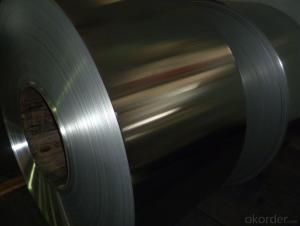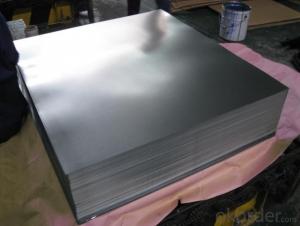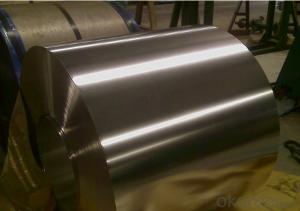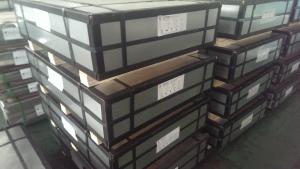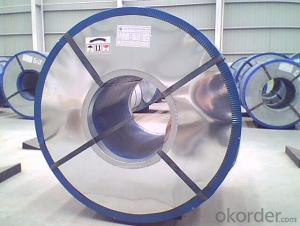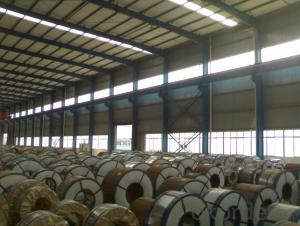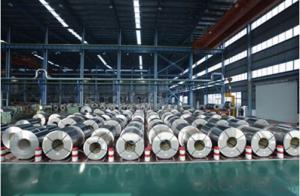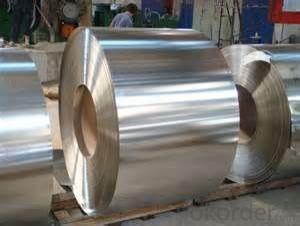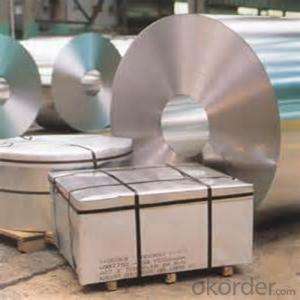Tinplate Goldfish
Tinplate Goldfish Related Searches
4 By 8 Plastic Sheets Thin Plastic Sheets Flexible Tinplate Coil Quotes Tinplate Iron Clear Plastic Sheets Hard Plastic Sheets 4X8 Lightweight Plastic Sheets Wavy Plastic Sheets White Plywood Sheets Poly Styrene Foam SheetsHot Searches
Tinplate China Tinplate Stock Price Tata Tinplate Price List Tinplate Price Trend Tinplate Nse Share Price Tinplate Price Chart Tinplate Share Price Nse Tata Tinplate Share Price Tinplate Share Price Today Tinplate Share Price Bse Tinplate Price Tinplate Share Price Tinplate Coil Manufacturers Tinplate Sheet Suppliers Food Mixer Sale Tinplate Factory Tinplate Production Tinplate Products Ltd Tinplate Products Tinplate Can ManufacturersTinplate Goldfish Supplier & Manufacturer from China
Okorder.com is a professional Tinplate Goldfish supplier & manufacturer, offers integrated one-stop services including real-time quoting and online cargo tracking. We are funded by CNBM Group, a Fortune 500 enterprise and the largest Tinplate Goldfish firm in China.Hot Products
FAQ
- The main challenges in the disposal of tinplate products include recycling limitations, contamination risks, and the need for proper waste management infrastructure. Tinplate products are often coated with other materials, such as plastic or paint, which makes recycling more difficult. Additionally, if tinplate products are not properly separated from other waste streams, they can contaminate recycling processes. Lastly, the efficient disposal of tinplate products requires adequate waste management infrastructure to handle the volume and ensure proper treatment and disposal methods are implemented.
- How to quickly open the bottle?
- A tin can be opened, the handle is separated, and the canned fruit can be clamped by the head, and the rotating knob and the tin can be opened. Remember, when you turn the knob, you can only rotate clockwise and turn counterclockwise clockwise.
- Tinplate packaging provides excellent product protection during shipping due to its durability and strength. It acts as a sturdy barrier against external elements such as moisture, light, and air, preventing damage or contamination to the product. Additionally, tinplate packaging's ability to withstand rough handling and stacking ensures that the product remains intact and undamaged throughout the shipping process.
- The difference between a matte tin plate and a bright tin plate
- Silver tinplate:Silver surface processing refers to the original plate in plating passivation treatment after reflow treatment and the surface has a unique stable luster; after printing and coating, the operation of creating a gorgeous and elegant atmosphere, used in the manufacture of advanced art cans, nuts, etc..
- Yes, tinplate packaging can be used for personal care products. Tinplate is a durable and lightweight material that provides good protection against moisture, light, and air. It is commonly used for packaging cosmetics, skincare products, and other personal care items. Additionally, tinplate packaging offers a premium and aesthetic appeal, making it suitable for various personal care product ranges.
- Tinplate contributes to the conductivity of electrical components by acting as a protective coating, preventing corrosion and oxidation of the underlying metal. This ensures a consistent flow of electrical current and enhances the overall conductivity of the component.
- Tinplate is typically coated for chemical storage containers using a process called electrolytic tin plating, where a layer of tin is electrochemically deposited onto the surface of the steel substrate. This tin coating helps to protect the container from corrosion and chemical reactions, ensuring safe storage and transportation of chemicals.

















